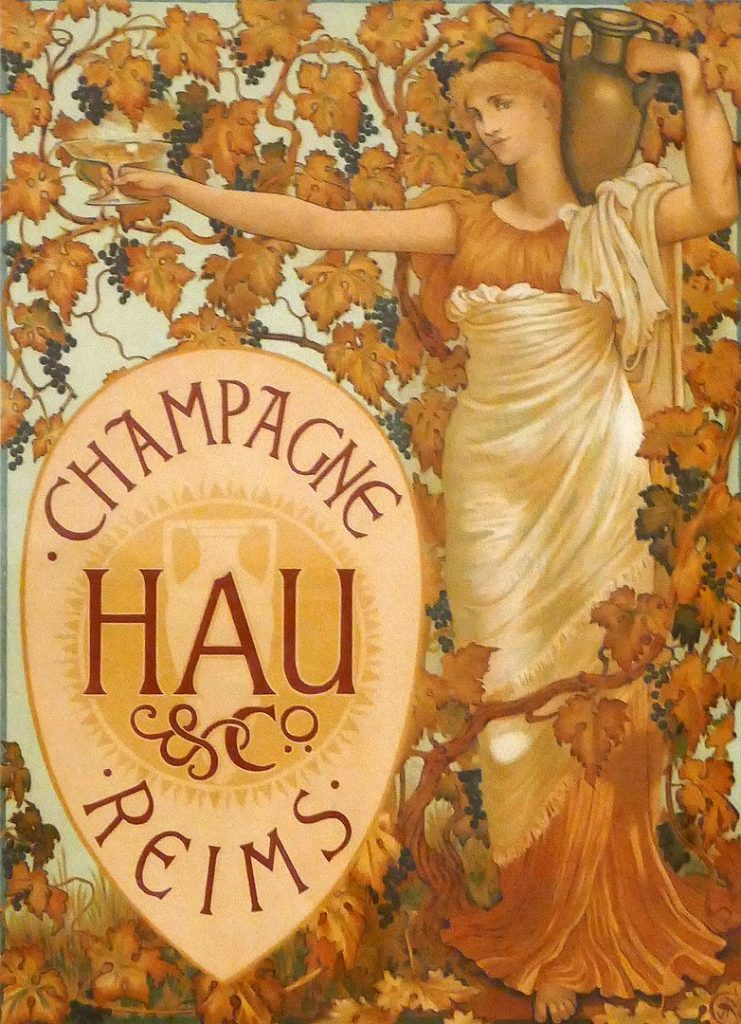
Walter Crane (1845-1915) was a pivotal figure in the Arts and Crafts Movement, renowned for his contributions as an illustrator, painter, and designer. Born on August 15, 1845, in Liverpool, England, Crane’s work was deeply influenced by the social and artistic reforms of the late 19th century. He became a leading voice in the movement to elevate the status of decorative arts and was instrumental in promoting the integration of art into everyday life.
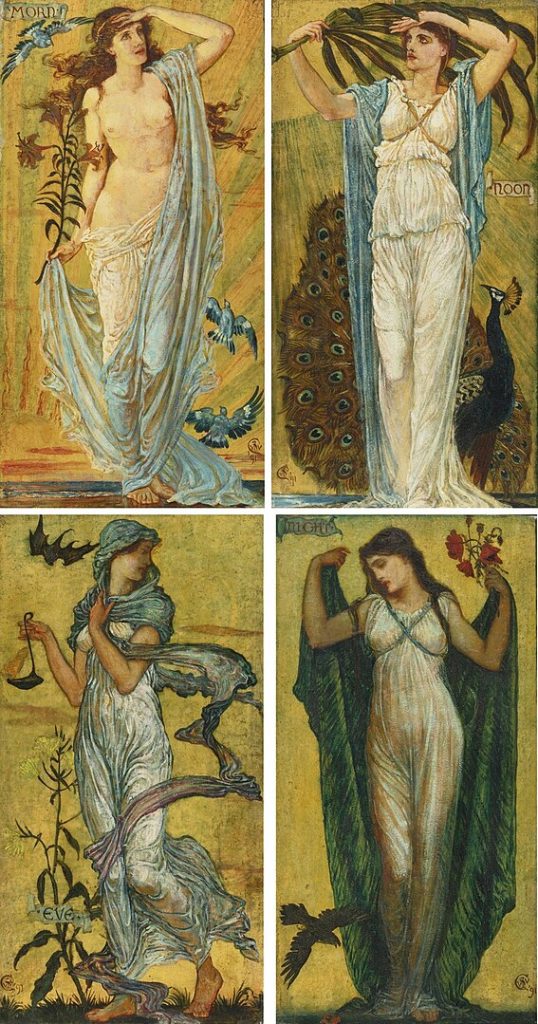
Crane’s artistic journey began under the guidance of his father, Thomas Crane, a portrait painter, and later, through an apprenticeship with the wood engraver W.J. Linton. This early exposure to the art of illustration and design laid the foundation for what would become a prolific career in book illustration. Crane’s illustrations were characterized by their vibrant colors, intricate detail, and the incorporation of elements from nature and mythology. His work for children’s books, in particular, was revolutionary, blending storytelling with visually compelling designs that engaged both young and old readers alike.
Extremist Tendencies
A socialist, Crane’s extremist beliefs permeated his work and his activities. He saw art as a means to advocate for revolution and was actively involved in various initiatives that hid under the umbrella of “improving the working conditions” of artists and “promoting public art education.” Crane’s commitment to the Arts and Crafts Movement was evident in his role as a founding member of the Arts and Crafts Exhibition Society, where he worked alongside figures such as William Morris and John Ruskin. Their collective vision was for an art that was accessible to all and that reflected a harmonious blend of beauty and utility.
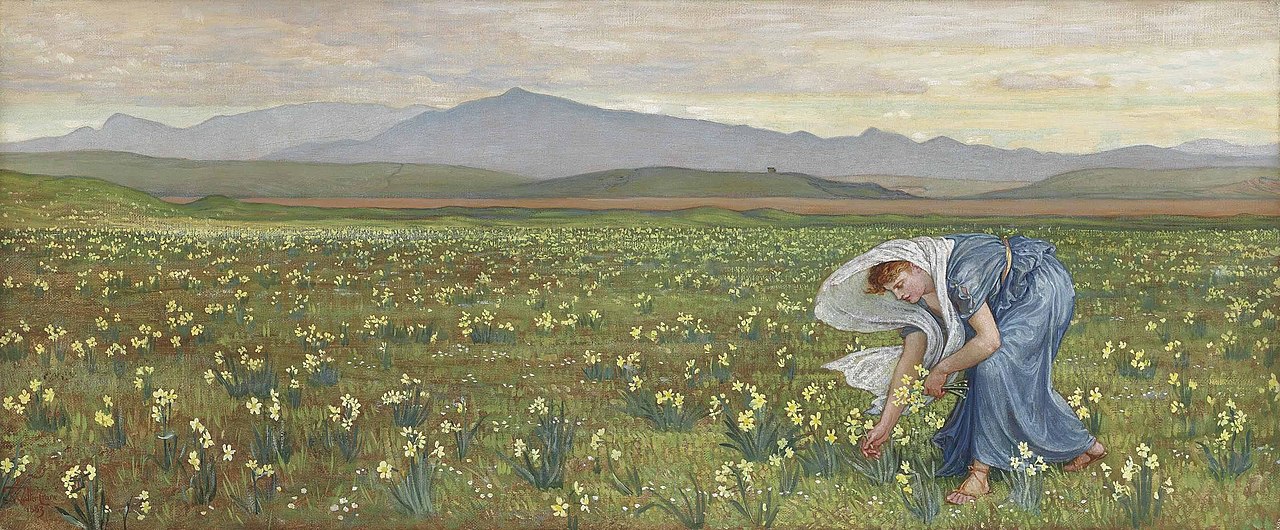
Crane was not only celebrated for his illustrations but also for his contributions to the wider field of decorative arts. He designed wallpapers, textiles, and ceramics that featured his signature motifs of flora and fauna, and mythological themes. His designs were characterized by their bold use of color and form, and by the seamless integration of natural and fantastical elements. Crane’s work in the decorative arts was guided by the principle that beauty and practicality should be intertwined, making him a key figure in the push for aesthetic reform during the Victorian era.
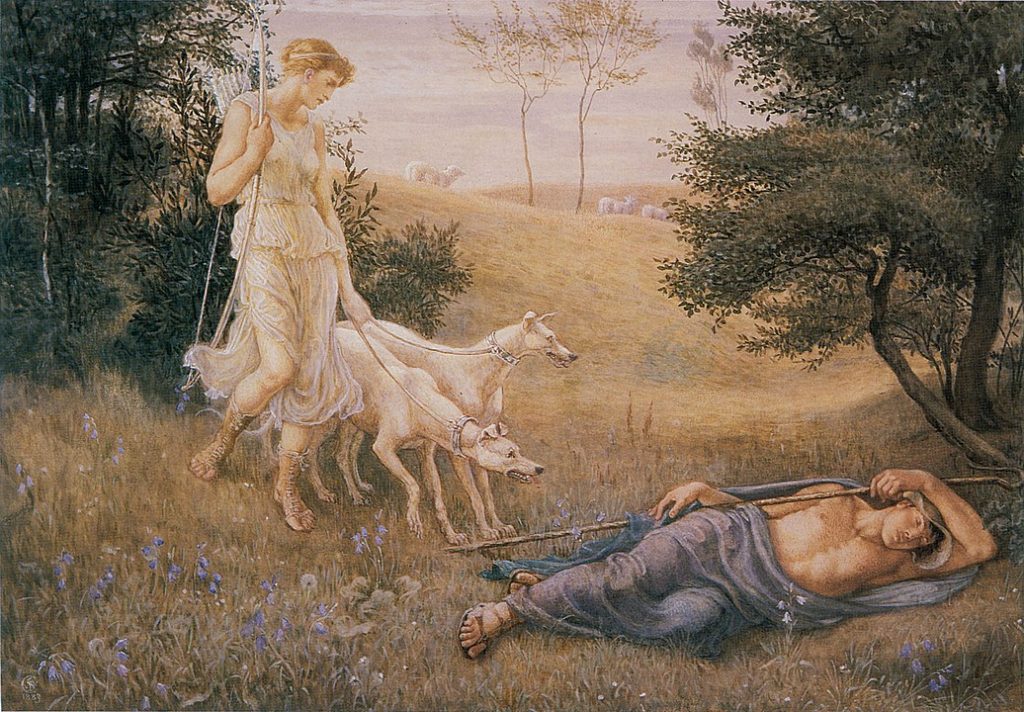
As an educator, Crane was passionate about the role of art in society and the importance of aesthetic education. He wrote several influential books and essays on design and art education, advocating for creativity and craftsmanship in the curriculum. His writings not only provided practical advice on various artistic techniques but also delved into the philosophical underpinnings of the Arts and Crafts Movement, emphasizing the importance of a holistic approach to art and design.
Fabric of Everyday Life
Walter Crane’s legacy extends beyond his contributions to illustration and design. He played a crucial role in shaping his time’s visual language and promoting the ideals of the Arts and Crafts Movement. His vision for a world where art was integrated into the fabric of everyday life continues to inspire designers and artists.
Crane passed away on March 14, 1915, but his influence remains palpable in the realms of illustration, decorative arts, and art education. His work is celebrated for its imaginative power, its fusion of beauty and function, and its commitment to social and aesthetic ideals. Walter Crane remains a seminal figure in the history of British art, whose contributions have left an indelible mark on the visual culture of the Victorian era and beyond.
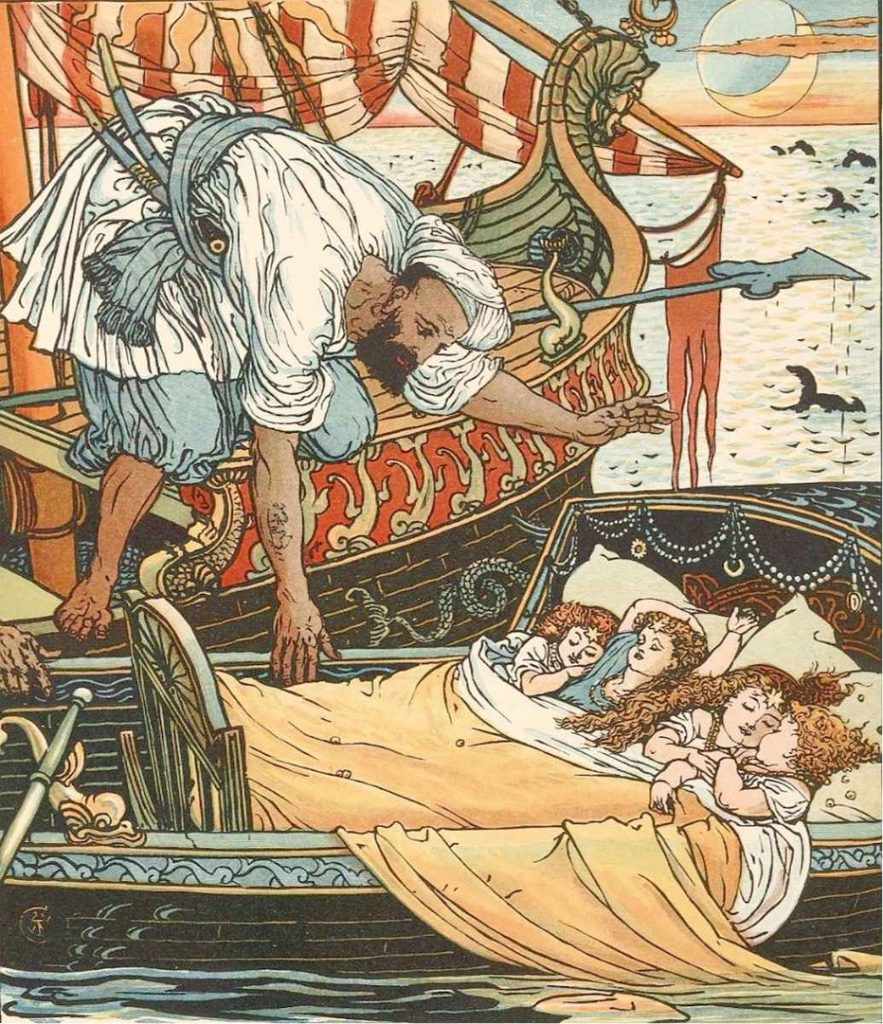
In summary, Walter Crane’s biography is a testament to the power of art as a vehicle for social change and aesthetic innovation. Through his diverse body of work and his advocacy for the Arts and Crafts Movement, Crane championed the idea that art should enrich every aspect of human life. His legacy as an artist and educator endures, highlighting the enduring relevance of his vision for beauty, craftsmanship, and social responsibility in the arts.



